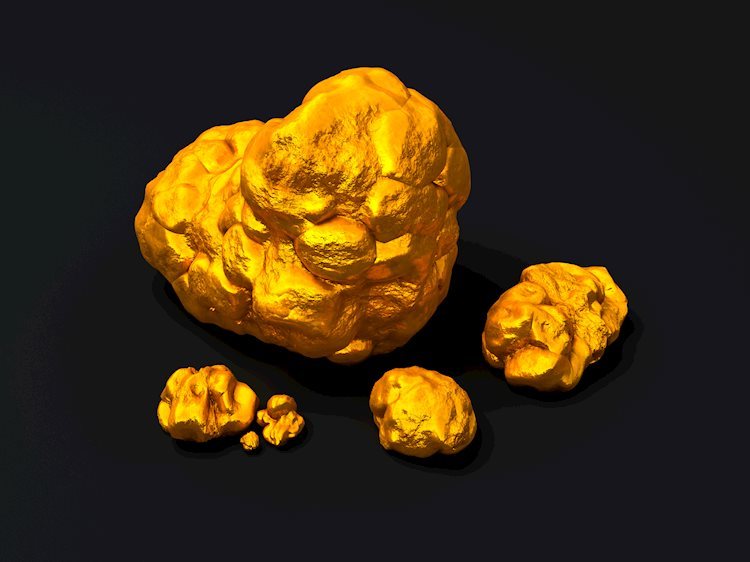Gold prices have seen a boost at the start of the week, rising by a quarter of a percent as the US Dollar weakens. The precious metal, which is predominantly priced in USD, is benefiting from the unwinding of the so-called “Trump trade”, as traders reduce bets that former President Donald Trump will win the upcoming US presidential election. The uncertain outcome of the election has led to a moderation in the odds of a Trump victory, prompting a decrease in the value of the Dollar and an increase in demand for Gold. Hedge funds’ long positions in Gold, combined with geopolitical tensions surrounding Iran’s threats, are also contributing to the rise in Gold prices.
The weakening US Dollar is supporting Gold’s tepid recovery, with the precious metal trading in the $2,740s on Monday. Continued safe-haven demand due to geopolitical risks, potential Fed rate cuts post-election, and Iran’s saber-rattling against Israel are all factors driving Gold’s bounce within its familiar price range. Speculation that the Fed may slash interest rates by 50 basis points in response to market volatility after the election could further support Gold prices, as lower rates make the non-interest paying asset more attractive to investors. Iran’s threats of retaliation against the US and Israel following last month’s bombings are adding to the geopolitical risk premium underlying Gold prices.
Technical analysis shows that Gold remains in an overall uptrend across short, medium, and long-term timeframes, with the price edging higher within its established range. A break above the $2,790 all-time high could lead to further gains towards resistance levels at $2,800 and $2,850. On the downside, support is seen at $2,709, the lower end of the range, with a potential resumption of the overall uptrend thereafter. The trend-following trades of hedge funds, as reflected in the Commitment of Trader report, continue to be predominantly long despite a slight increase in shorts, indicating ongoing bullish sentiment towards Gold.
Gold’s historical significance as a store of value and medium of exchange has solidified its status as a safe-haven asset and inflation hedge. Central banks, the largest holders of Gold reserves, often increase their holdings to support their currencies and improve economic strength during turbulent times. The inverse correlation between Gold and the US Dollar, major reserve assets, allows investors and central banks to diversify their portfolios effectively. Geopolitical instability, economic fears, and fluctuations in interest rates can all impact the price of Gold, with the USD playing a significant role in controlling Gold prices. As central banks from emerging economies continue to increase their Gold reserves, the precious metal is likely to retain its attractiveness as a safe-haven investment in the future.


























